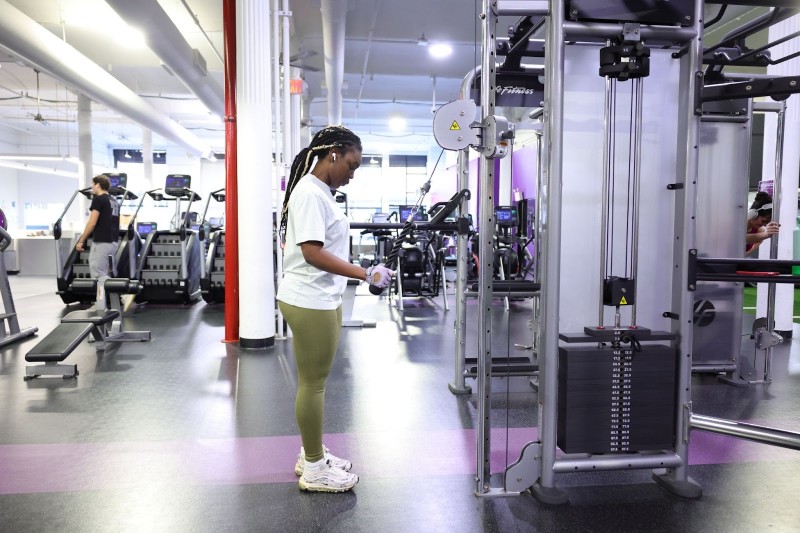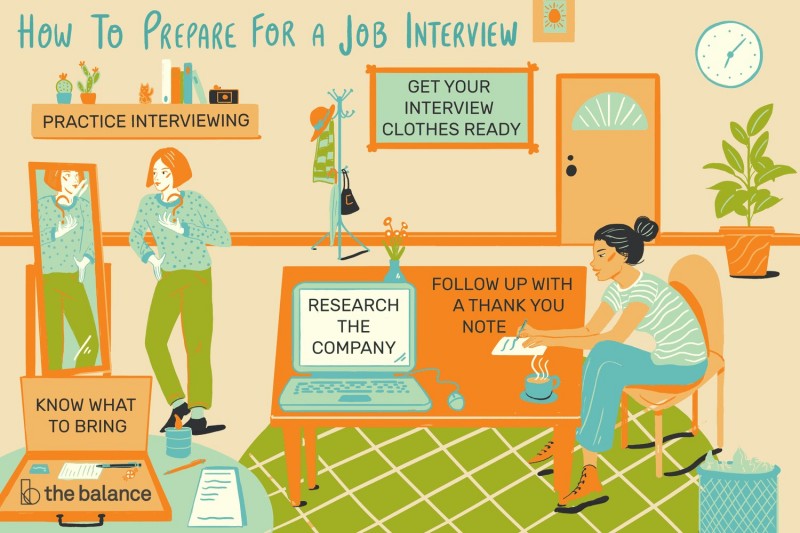Often in the realm of wellness, beauty, health, or weight management, we seem to overlook the power of our senses. One unique method that is gaining popularity is sensory deprivation, specifically for nurturing creativity. But what exactly is sensory deprivation, and how does it relate to creativity? Let’s delve into this intriguing concept.
Sensory deprivation is the practice of deliberately reducing or removing stimuli from one or more of the senses. It’s commonly achieved through floatation tanks, darkened rooms, or silent retreats. The idea is to give your brain a break from the constant onslaught of sensory input, allowing it to relax and potentially tap into deeper layers of consciousness.
The connection between sensory deprivation and creativity comes from the brain’s response to the lack of external stimuli. When our senses are deprived, the brain is free from distractions and can focus internally. This state prompts the brain to produce theta waves, often associated with relaxation, meditation, and heightened creativity. A 2024 study from the Journal of Consciousness Studies found that participants who engaged in sensory deprivation activities reported higher levels of creative thinking and problem-solving skills.
So, how can you use sensory deprivation to foster creativity in your life? Here are some practical steps to consider.
1. Floatation Tanks
Floatation tanks, also known as sensory deprivation tanks, are filled with saltwater at skin temperature, making you feel weightless. Being in a floatation tank can help you enter a deeply relaxed state, which can foster creativity.
2. Sensory Deprivation Chambers
Sensory deprivation chambers are dark, soundproof rooms or spaces where one can sit or lay down to reduce sensory stimuli. Spending time in a sensory deprivation chamber can help clear your mind and potentially boost your creative thought process.
3. Silent Retreats
Silent retreats eliminate auditory stimuli, allowing participants to focus inward. The absence of conversation and external distractions can lead to profound internal insights and creative breakthroughs.
It’s important to note that this is not a one-size-fits-all solution. Some people may find sensory deprivation uncomfortable or anxiety-inducing. It’s crucial to listen to your body and find the right balance that works for you.
Another study from the International Journal of Creativity and Problem Solving in 2025 showed that the benefits of sensory deprivation on creativity are more pronounced in individuals who practice mindfulness or meditation. This suggests a possible synergy between mindfulness practices and sensory deprivation.
Sensory deprivation may seem like a radical approach to boosting creativity, but it’s based on the simple idea of giving the brain a break from constant sensory input. By doing so, we can free up mental resources to focus on inward thought, reflection, and creative problem-solving. Whether you’re a writer seeking inspiration, a professional needing to solve complex problems, or someone looking to enhance personal wellness, sensory deprivation could be a path worth exploring.











 : eval()'d code(1) : eval()'d code(1) : eval()'d code(1) : eval()'d code</b> on line <b>2</b><br />
https://mindbodyfuell.com/wp-content/themes/baobao/default.jpg)
